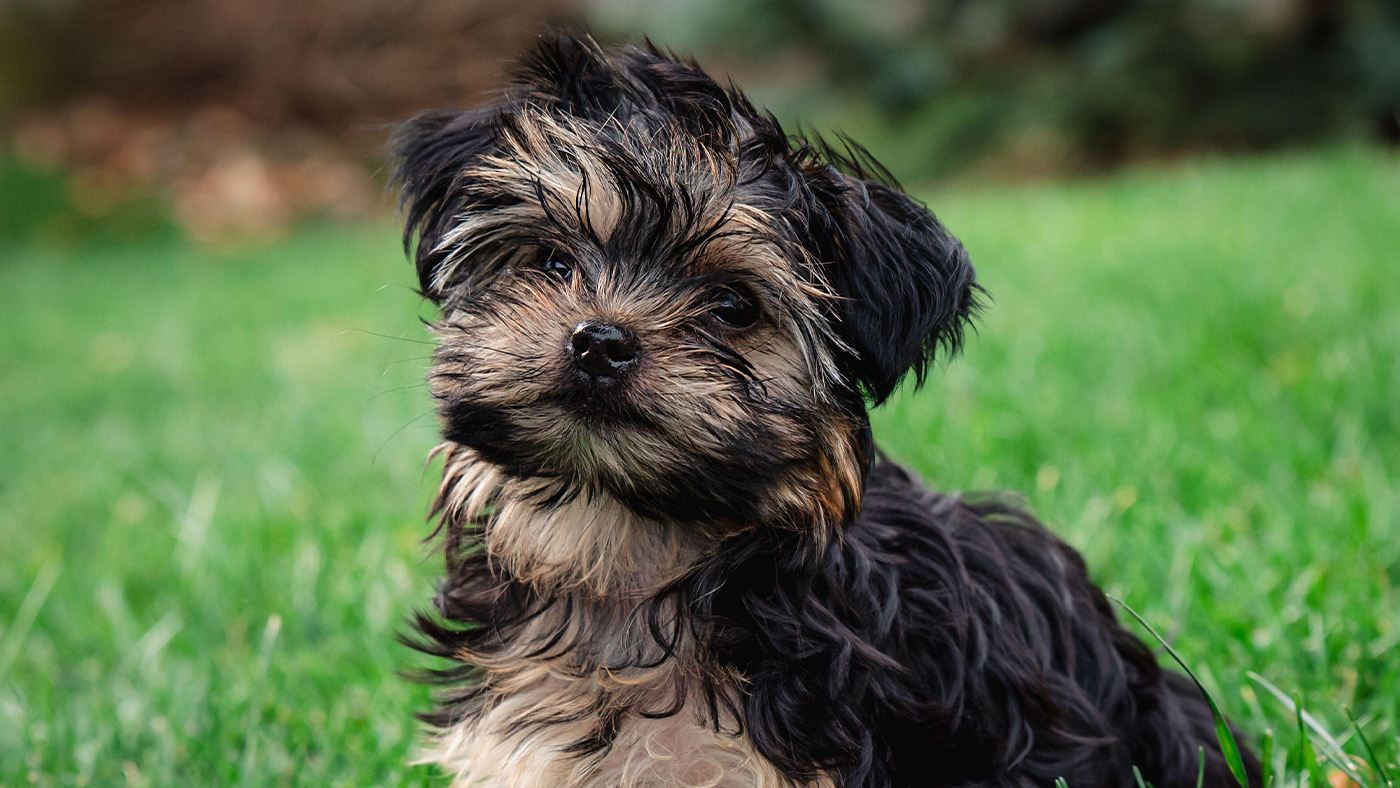
Teacup dogs have become more and more popular over the past few years. It used to be that only celebrities could get their hands on one of these mini pooches, but now they’re becoming more accessible for everyday pet owners.
These extra small cuties are ideal dog breeds for apartments as they don’t take up too much space and generally don’t need too much exercise. They are also super friendly and affectionate, and typically don’t mind being toted around.
While no one can argue that these some of the cutest dog breeds around, we have to mention that teacup dogs often come with potential health concerns that you need to be aware of. Keep reading to find out about common teacup dog breeds and expert comments on their health conditions from vet Dr Rebecca MacMillan.
What is a teacup dog?
A teacup dog is one that's been specially bred to be so tiny you could fit it in a, yup, you guessed it...teacup! These designer dogs take already popular dog breeds, such as Yorkshire Terriers and Chihuahuas, and shrink them down to make them pocket-sized pets. This is typically the product of mating two small dogs, or the runts of each litter.
Dr MacMillan says, "This is a dubious practice as many of these extra-small dogs, or ‘runts’, have underlying health issues. Breeders of teacup dogs are aiming for a desired look, rather than trying to improve the overall health of the breed."
Health risks of teacup breeds

While there's no denying that they look absolutely adorable, these breeds are at greater risk of a variety of health issues, so it's worth doing some thorough research before you decide to add one to your family.
"This includes hydrocephalus, a build-up of fluid in the central nervous system, which can cause increased pressure on the brain. These little pups often have a large domed skull, behavioral changes, seizures, loss of vision, and mobility issues. They are also extremely prone to dental disease, with overcrowded teeth in their small jaws being a real issue," says Dr MacMillan.
Other possible health conditions are the following:
- Hypoglycemia
- Heart defects
- Collapsing trachea
- Seizures
- Respiratory problems
- Digestive problems
- Blindness
- Luxating patella
- Dental issues
Their small size means you also need to stay vigilant when your pet is mixing with other animals or humans, especially children, as these are delicate dogs that are easily injured.
Many teacup dog breeds also have trouble regulating their body temperature and can struggle in cold weather, so it's important they're always dressed warmly when being taken outside in the winter.
While there's a lot to consider before choosing to become a pet parent to a teacup dog, they have huge hearts and so much love to give that make them the most joyous companions. Just be sure to do your homework and choose a reputable breeder to ensure you're getting the healthiest dog possible.
Teacup dog breeds
1. Teacup shih tzu
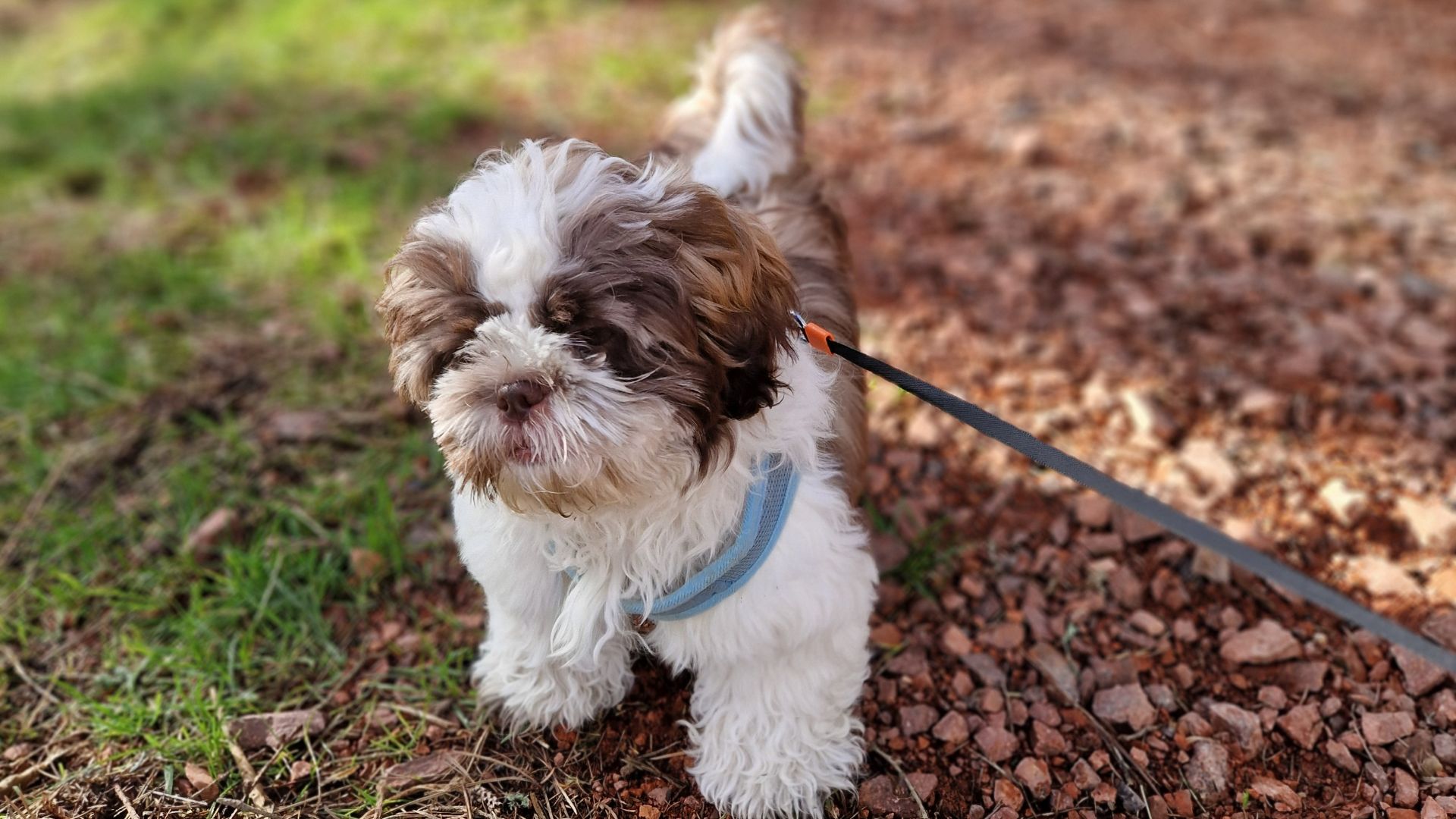
Height: 6–9 inches
Weight: 4–9 pounds
Life expectancy: 10–16 years
A tiny dog with the heart of a lion, the teacup shih tzu is cute, undemanding, and loves to cuddle, making them an ideal choice for anyone looking for a constant companion.
Standing at around six inches (17.7 cms) tall and weighing in at under seven pounds (3kgs), they’re at least a quarter the size and weight of a standard shih tzu, and yet they’re surprisingly robust.
Intelligent little creatures, the teacup shih tzu is a joy to train and loves learning new tricks. Although obedient and willing, they do have a stubborn streak if they’re not exposed to training from an early age.
Their short legs mean they won’t be accompanying you on a run or hike any time soon, but they love taking gentle walks and are especially fond of a good game of fetch.
2. Teacup Pomeranian
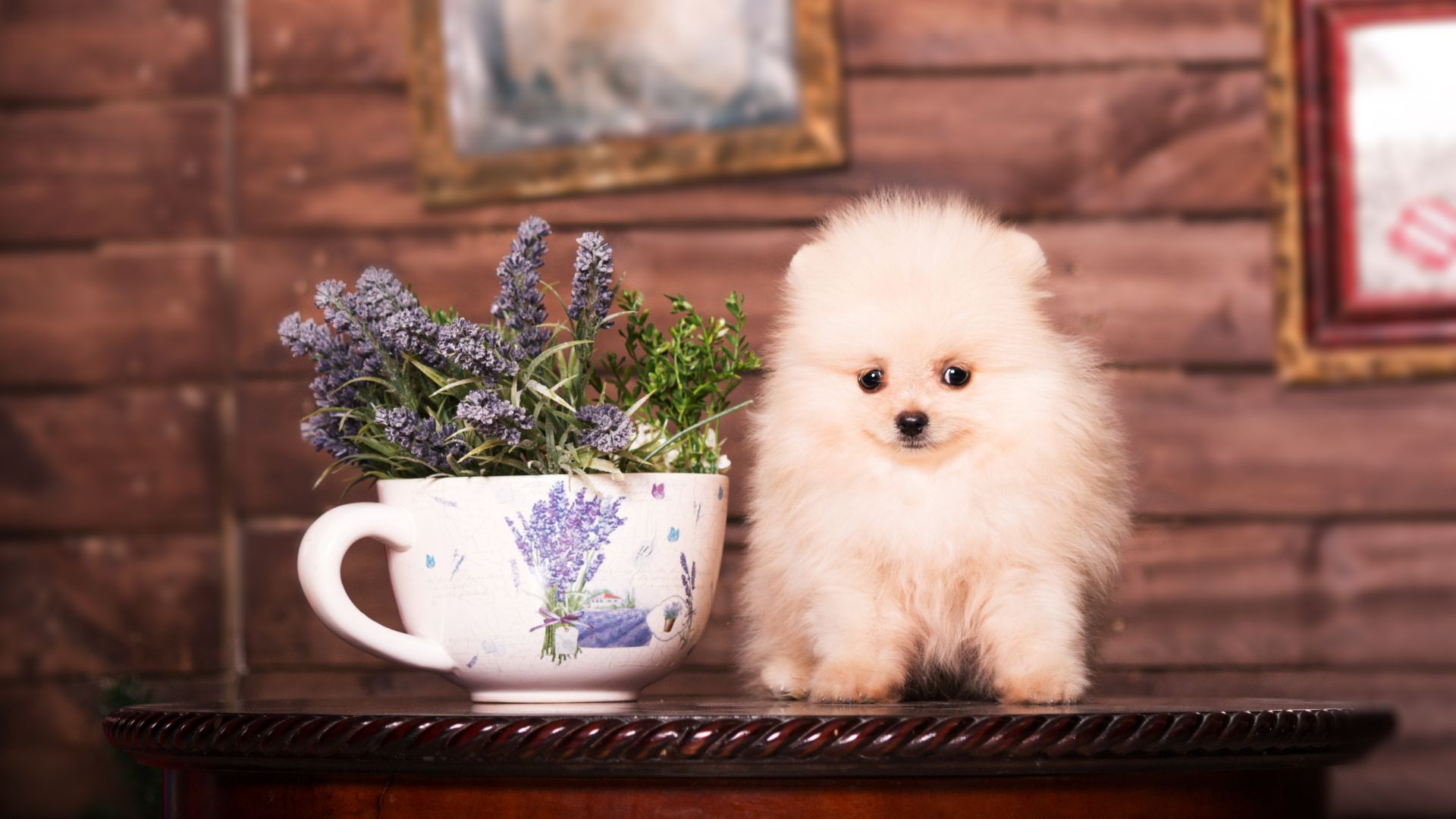
Height: 6–11 inches
Weight: 3–7 pounds
Life expectancy: 12–15 years
Active, playful, and sweet-tempered, the teacup Pomeranian usually weighs between three and seven pounds (1.3kgs – 3.1kgs) and can live up to 15 years.
Highly extroverted, they make great family dogs, but their loyalty to their humans can make them feisty, so be prepared for some barking if they come into contact with strangers.
Teacup Poms are incredibly affectionate, so expect them to seek out your lap regularly for cuddles, and their extreme levels of intelligence, coupled with their fun personalities, make them easy to train.
3. Teacup Maltipoo
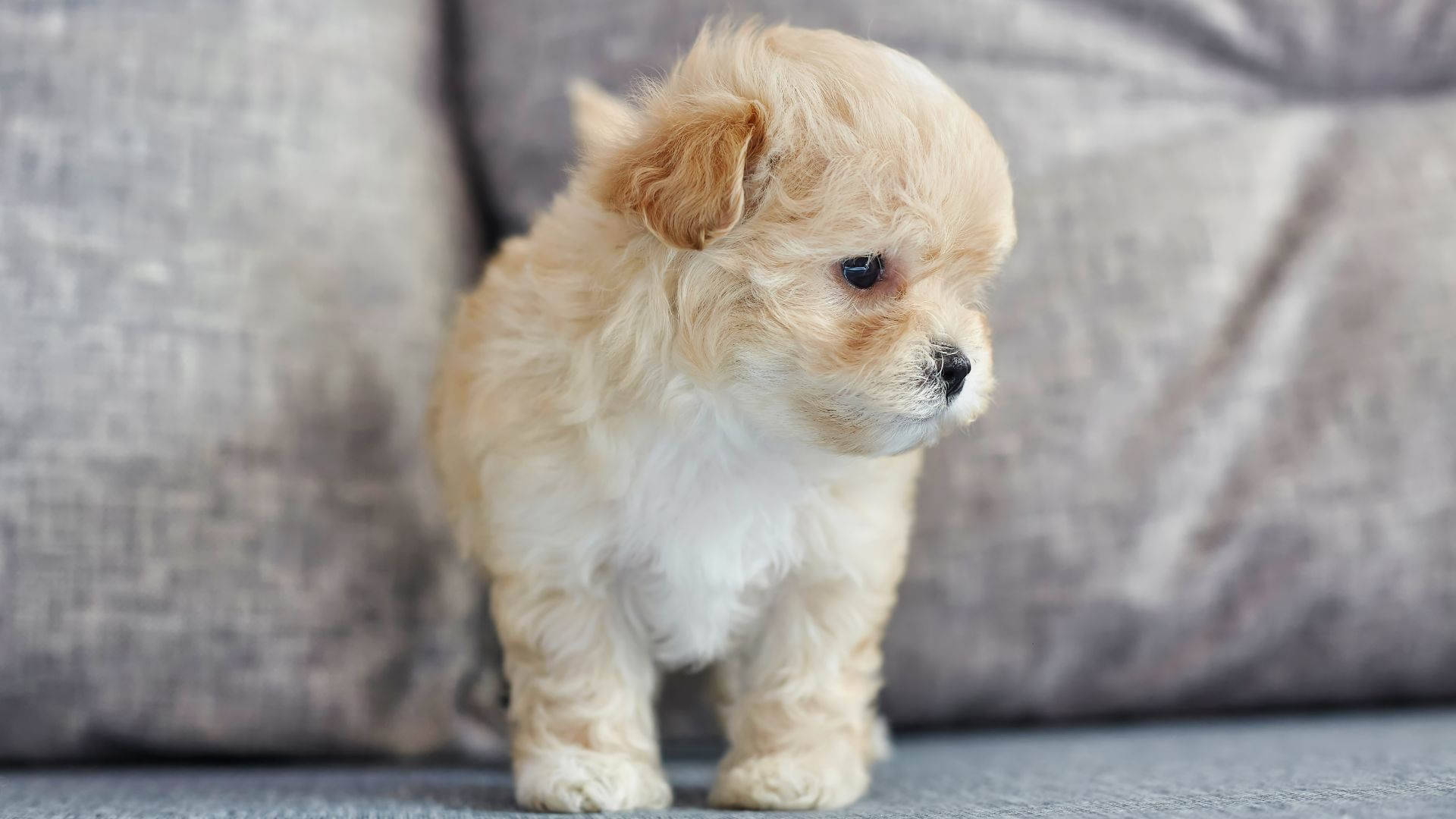
Height: 6–8 inches
Weight: 2–5 pounds
Life expectancy: 12–15 years
What do you get when a poodle and a Maltese couple up? The adorable Maltipoo! The teacup version is ideal for first-time pet parents as they’re quick learners, which makes them a breeze to train, and they’re also incredibly loving and affectionate, so expect plenty of cuddles.
Maltipoo’s love humans and other animals, so taking them out and about won’t be a problem, but bear in mind that because they look like teddy bears people will want to hold them, so they need to be socialized well to ensure they’re comfortable with all the attention and don’t become overwhelmed.
On average, these are very small dogs that weigh around five pounds (2.2kg), some can be even smaller depending on how they’ve been bred. They have a hairy coat that’s prone to mats and snarls, so daily brushing is recommended.
4. Teacup Morkie
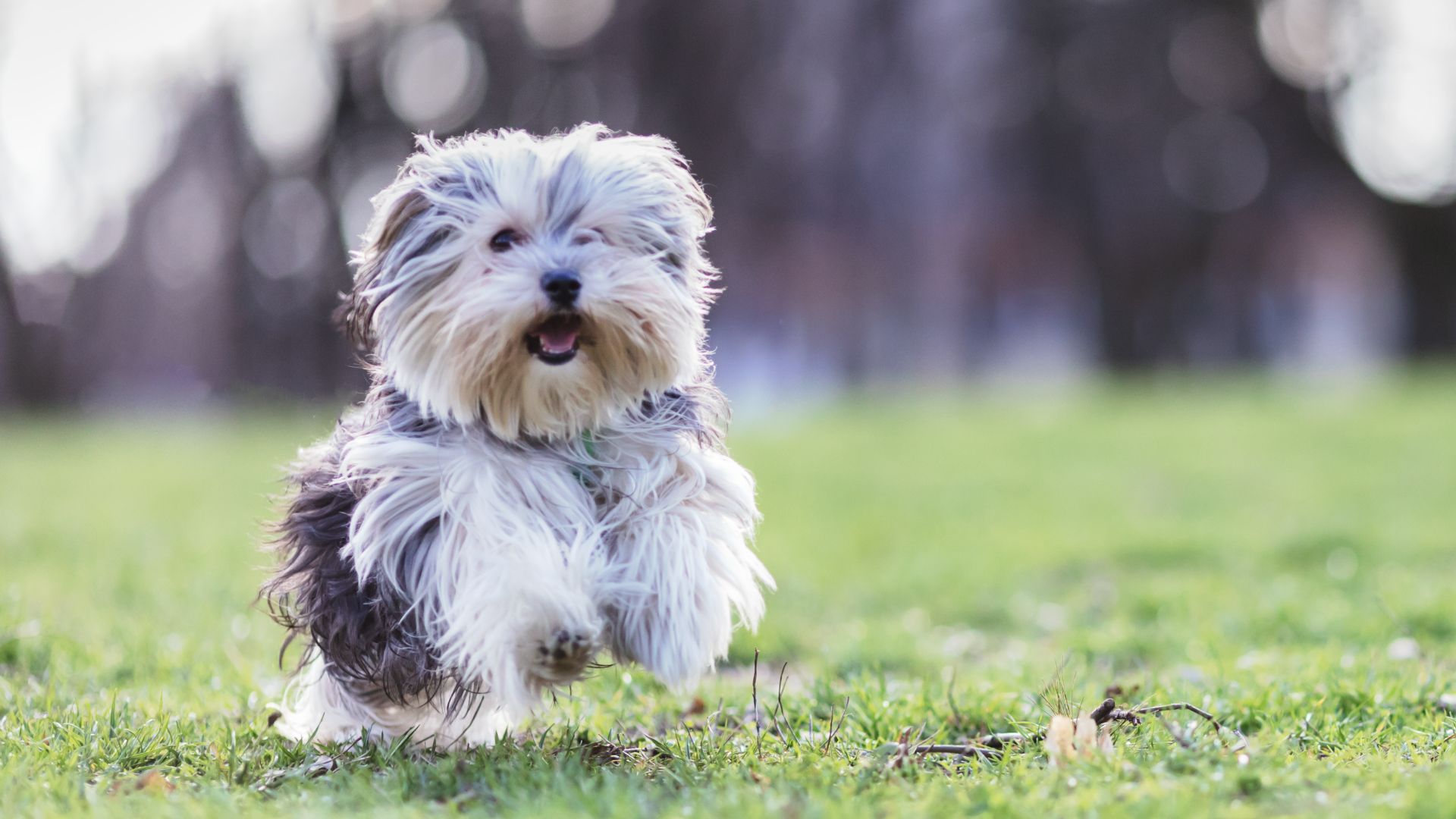
Height: 6–9 inches
Weight: 2–4 pounds
Life expectancy: 11–15 years
The Maltese does it again, this time partnering up with the Yorkshire Terrier to create the utterly adorable Morkie, a curious, independent, and excitable little bundle of fur that’s highly sociable and full of sass.
Happy-go-lucky but prone to barking, the Morkie loves to play and fetch and although they get on well with other pets and people, their small size (they can be as tiny as 2lbs!) means they can be easily injured, so they do best in homes with older children and other small dogs or cats.
The second most popular designer dog breed in the world, the Morkie, can live up to 18 years, making them great long-term companions.
5. Teacup Chihuahua
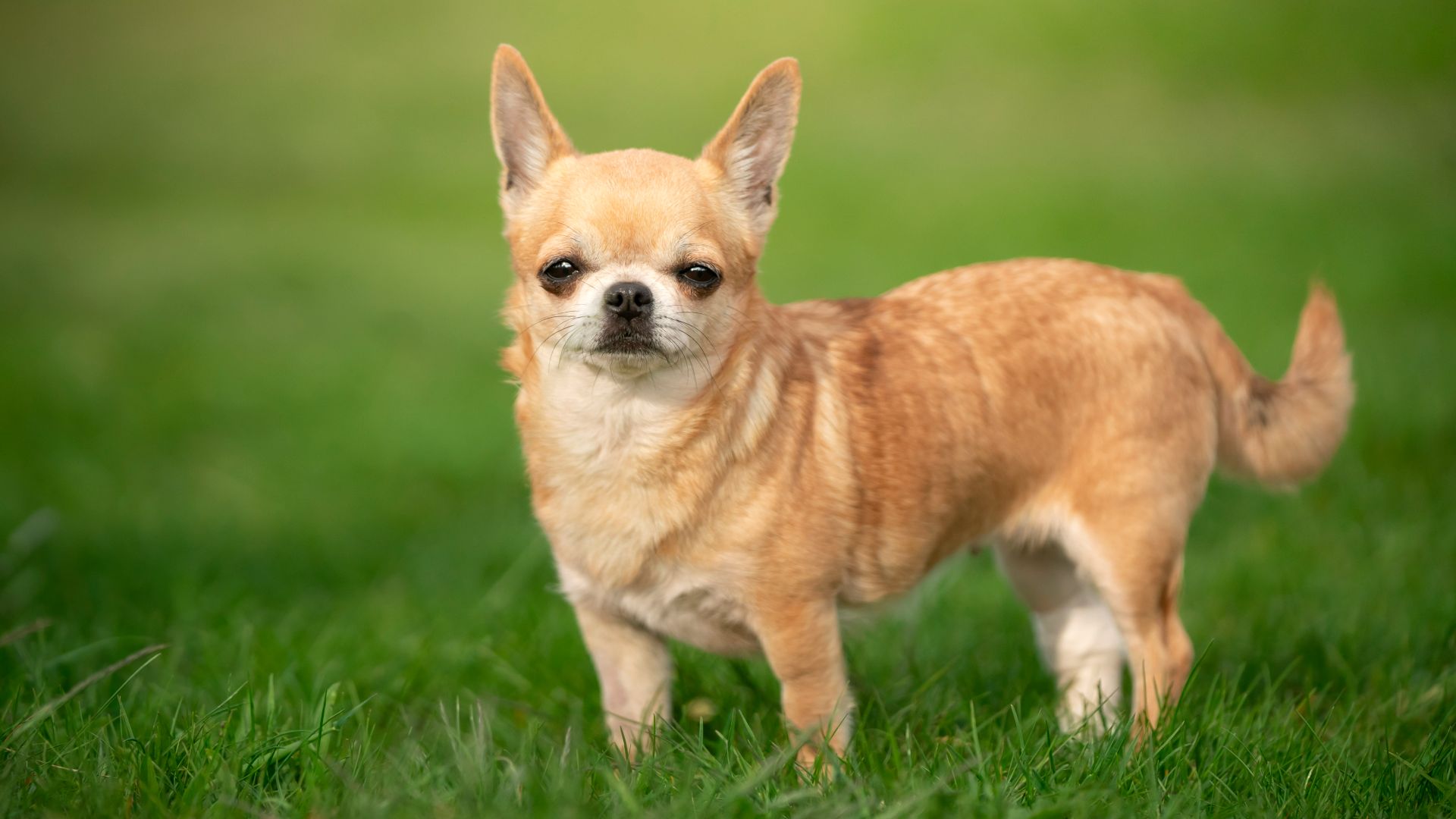
Height: 5–6 inches
Weight: 2–4 pounds
Life expectancy: 7–12 years
Already the smallest dog breed in the world, the teacup Chihuahua takes being pint-sized to a whole new level. Lovers of the limelight, this breed may be highly social, but they’re also loyal and will devote themselves fully to their owner.
Lively and confident, the teacup Chihuahua makes up for their small stature with bags of personality and an incredibly strong-willed nature. They love exercise, but they’re sensitive to the cold, so make sure you get them kitted out in a good doggy jacket to keep them warm in the winter.
It’s important to socialize this breed from a very young age to avoid them becoming aggressive. Chihuahuas don’t like to be poked, pestered, or teased, and they will use their teeth to defend themselves if they feel threatened, so they’re best suited to households without small children.
6. Teacup Pomsky
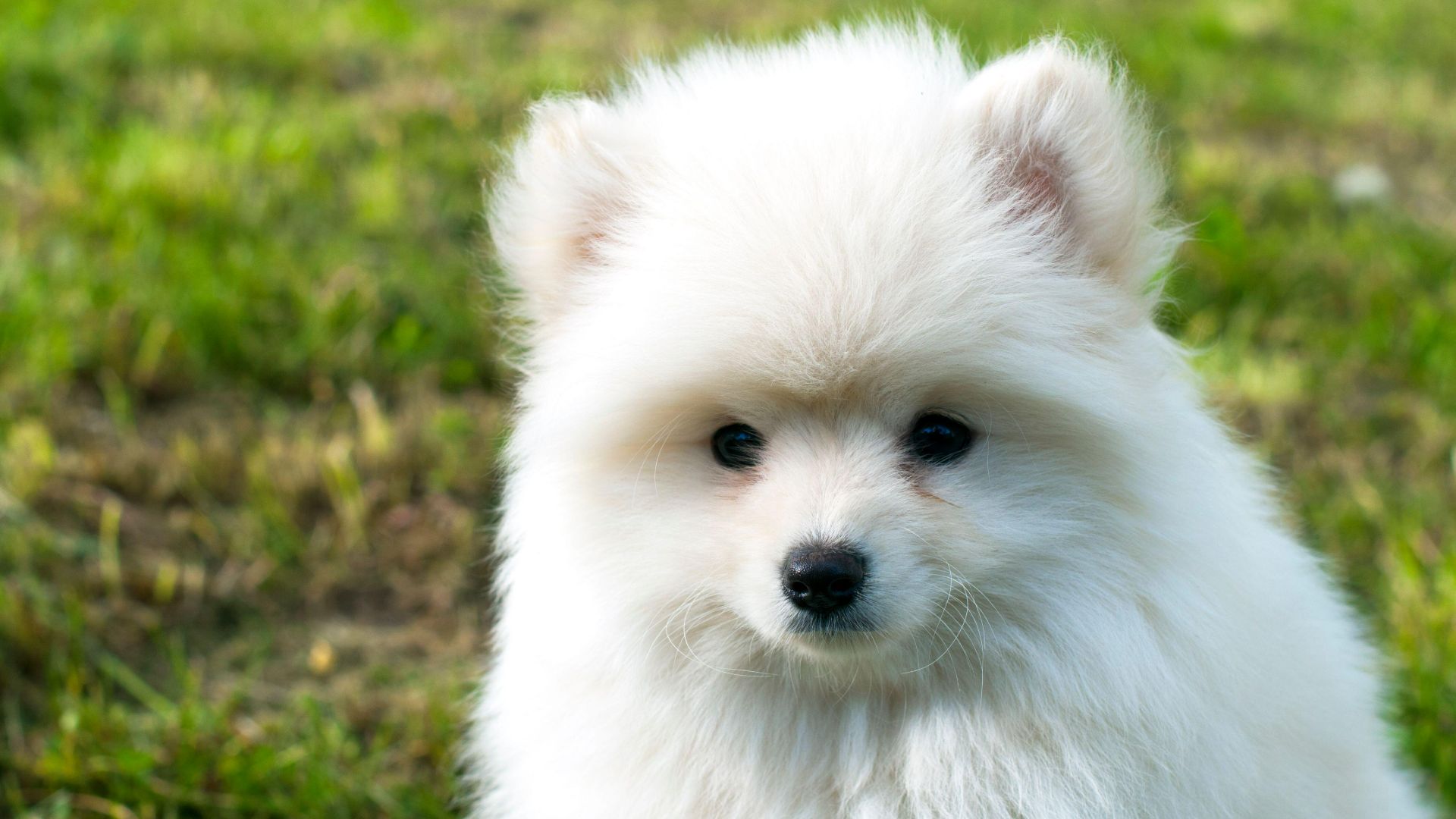
Height: 8–12 inches
Weight: 5–10 pounds
Life expectancy: 13–15 years
The Pomsky is a hybrid of the Pomeranian and the Siberian Husky, and the result is one seriously gorgeous little dog! One of the rarer breeds, the Pomsky is outgoing, cheeky, and fiercely loyal.
Pomskies inherit a high prey drive from the Siberian Husky, so they have a tendency to want to chase anything and everything, regardless of their small size, which means you’ll want to train them early on, especially if your family also includes feline furkids.
Spunky and intelligent, the Pomsky is a willful little dog that needs firm boundaries, but they respond beautifully to training, and their delightful natures make it well worth the effort.
They have a very long lifespan, living to around 17 years of age, and they’re fairly high maintenance on the grooming front, requiring around five good brushes every week to help keep their coat looking healthy.
7. Teacup poodle
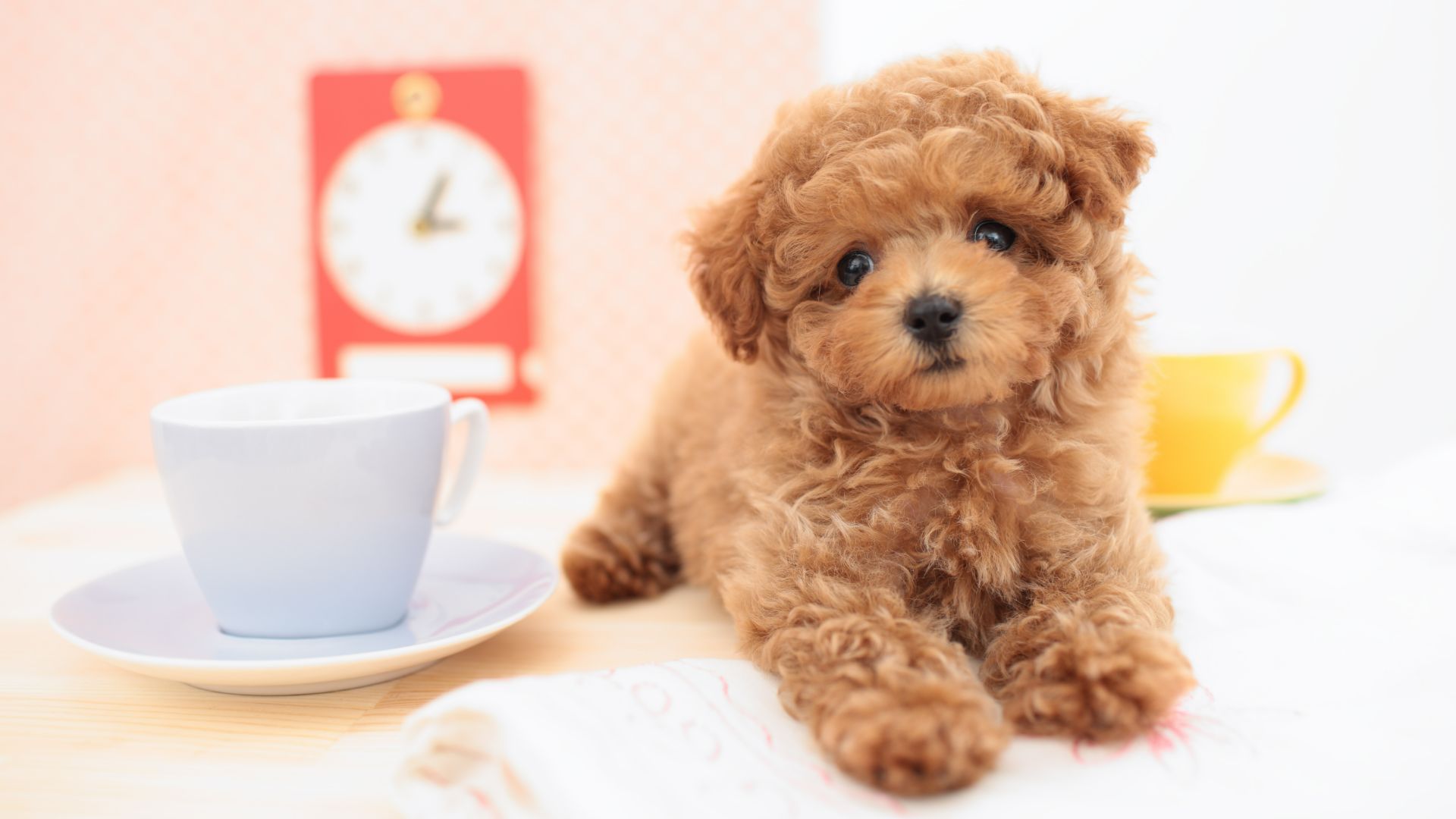
Height: 6–9 inches
Weight: 3–5 pounds
Life expectancy: 12–15 years
With eyes that could melt butter, the teacup poodle has a thick and curly coat that doesn’t shed, meaning they’re another great choice for those with allergies. Extremely loving and happy to shower it on every human being they come into contact with, this little cutie makes for a joyous companion.
They do get bored easily, and they don’t do well with being separated from their people, so this is a dog that needs to be where it feels the most content, which is by your side 24/7.
Teacup poodles don’t require a great deal of exercise, but they love short walks, and they especially enjoy bursts of play, so investing in a few of the best dog toys will keep them happy.
While this teeny poodle can’t get enough of people, they don’t have the same level of patience as standard poodles, so they’re not a good choice for homes with young children, as their small size can leave them feeling insecure and intimidated.
8. Teacup Maltese
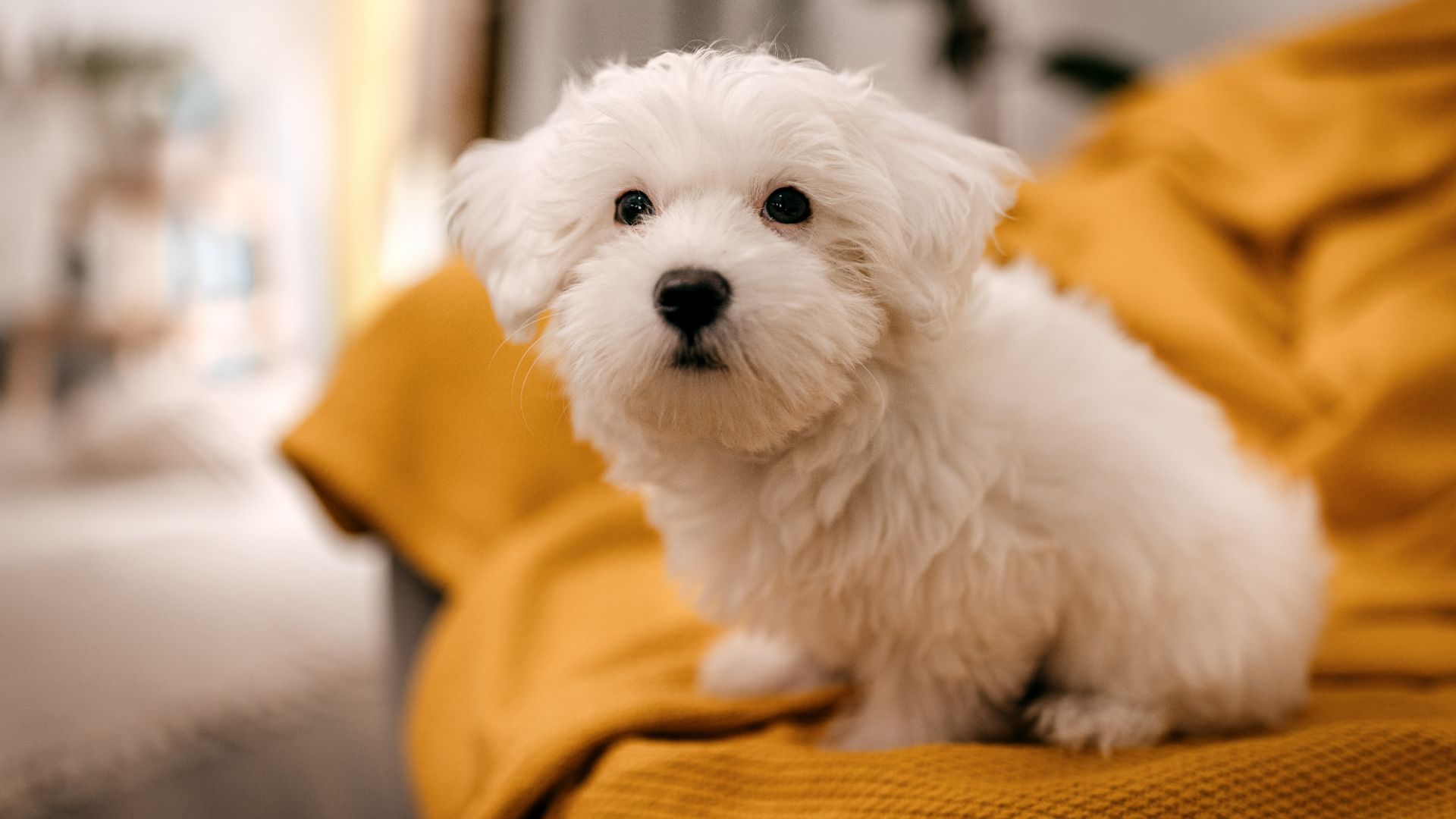
Height: 4–6 inches
Weight: 4–5 pounds
Life expectancy: 3–5 years
Hugely popular, the teacup Maltese tips the scales at a dainty 5lbs (1.8kgs), but don’t let their small size fool you, this energetic bundle of fluff has a huge heart and an even bigger personality that makes them a ray of sunshine to be around.
Although they get on well with other humans and animals, their small size can lead them to feel nervous, especially around bigger dogs, so you may find they feel more comfortable being held in your arms, where they feel safe.
Their coat is hypoallergenic, making them ideal for allergy sufferers, and while they look like they wouldn’t be all that active, the teacup Maltese loves to play, although two short walks each day is enough for them on the exercise front. They are extremely eager-to-please, too, so training them will be a piece of cake.
9. Teacup Japanese Chin
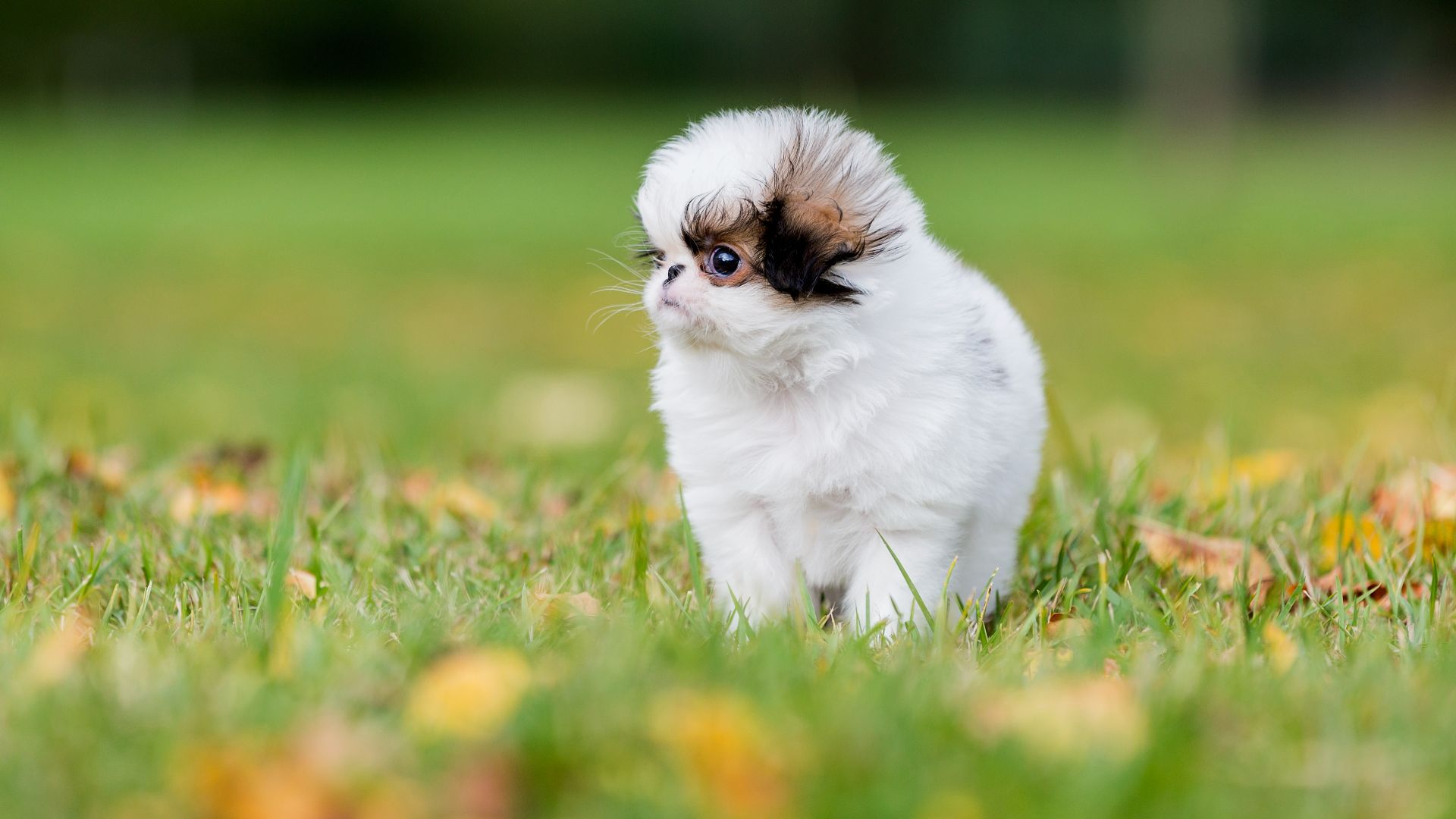
Height: 8–11 inches
Weight: 7–9 pounds
Life expectancy: 10–12 years
The Japanese Chin has a silky coat and an almost aristocratic look that makes them appear seriously regal, and their graceful, amusing, and loving natures only add to their charm.
They look like they’d be a high-maintenance breed, and yet, surprisingly, they’re not, requiring only weekly brushing to keep them looking their best. Their energy levels will keep you on your toes, though, as this is an active little canine that enjoys going for walks and exploring.
A great lapdog and highly adaptable, this breed will thrive in just about any environment, and they’re very responsive to their owners, making them easy to engage with.
Read next: Toy dog breeds
Edited by Georgia Guerin and Megan Milstead.







